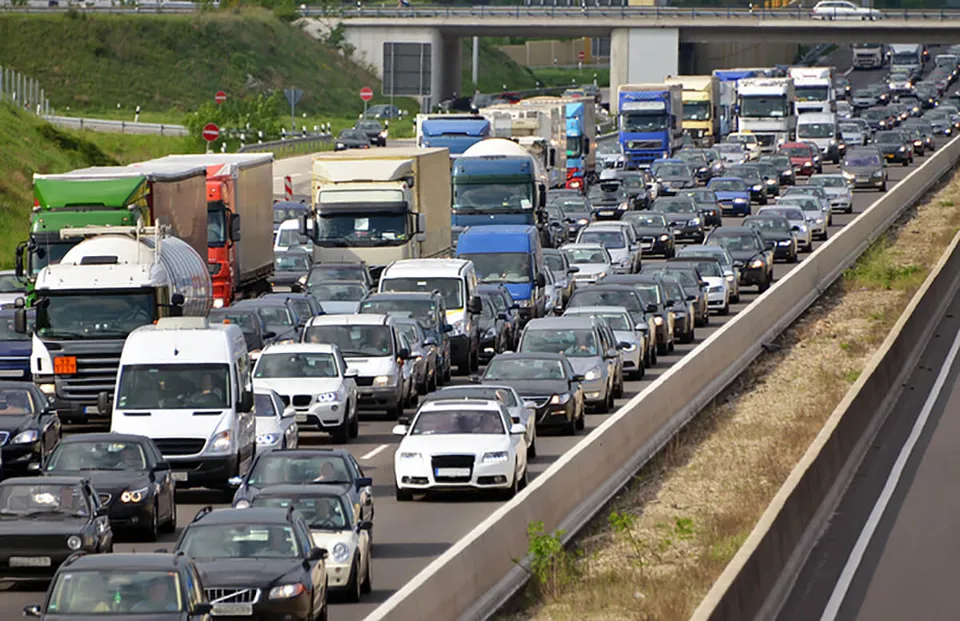The Highways Agency is planning to remove the hard shoulder from more than 100 miles of motorway in order to ease congestion.
Sections of the M42, M6 and M1 already turn the hard shoulder into an extra lane when traffic is congested, but from the spring the hard shoulder on two sections of the M25 —between junctions 5 and 7 and 23 and 27 — will be permanently converted into live carriageways, as will parts of the M1 and M6.
However, road safety and breakdown cover specialist, GEM Motoring Assist, is concerned about the Highways Agency’s plans.
“The idea behind these plans is to keep roads flowing more freely to ease congestion, which is great in principle but there are obvious and worrying concerns,” says David Williams, chief executive of GEM.
“Since 2005, an increasing number of UK motorways have been re-classified as ‘smart motorways’, which use what was previously the hard shoulder as a traffic lane to assist traffic flow during certain times of the day.
“Unfortunately, when the system is in operation, a vehicle breaking down no longer has an immediate traffic-free area in which to stop.
“Ideally the driver will be able to reach one of the many refuge areas built into the system at frequent intervals. However, this is not always possible and if unlucky, a driver may find it necessary to stop in the middle of the traffic flow which is likely to be unnerving for even an experienced driver.
“On the plus side, smart motorways are constantly monitored, so if a driver doesn’t make it to a refuge area, help will arrive very quickly.
GEM says prevention is always the best policy, and whilst not all breakdowns can be avoided, drivers can reduce the risk.
Williams continued: “We always recommend motorists carry out checks before setting off but it’s particularly important if they are going on long journeys and especially if they know they will be driving on motorways. It’s also important to be prepared if the worst should happen.”


















Colin Pattison - 08/01/2014 15:31
Doing away with the hard shoulder is just insane. Log onto youtube and watch the hundreds of serious accidents caused by vehicles crashing into unexpected stationary cars. Whoever thought this one up should be re-educated on motorway driving and what it's like to be broken down there.